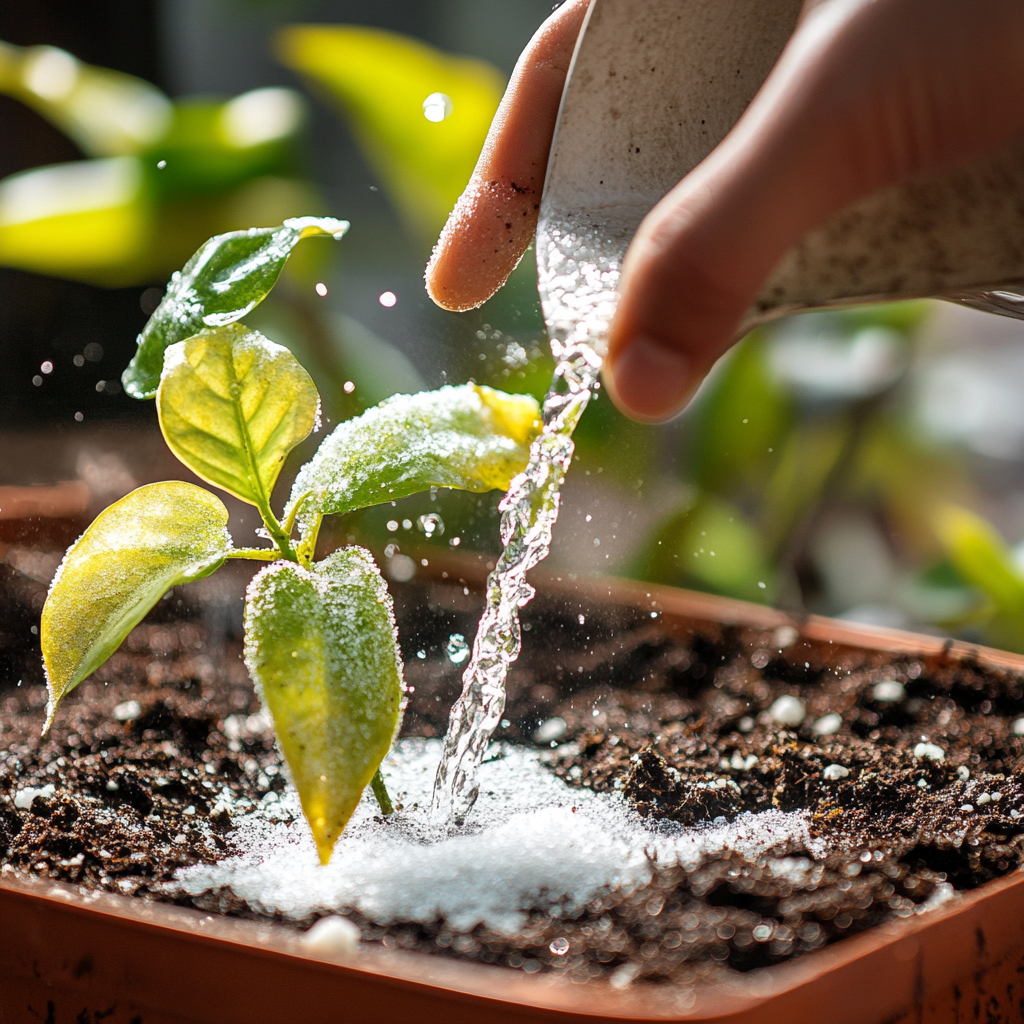Indoor plants add beauty to our living spaces, purify the air, and bring calmness to our lives. However, some care needs to remain lush, and making healthy plants and fertilization is one of the most important things for plant growth. Fertilizers contain the nutrients that plants require for growth and healthy development, especially when grown indoors where the soil has limited natural nutrient replenishment.
In this article, we explained to you the way to fertilize indoor plants: tips and tricks to keep them growing well. We also give you information about what type, how to pick the best one, methods of application step by step, and how to troubleshoot. You will be fully equipped on how to maintain an indoor garden in its glory by the end.
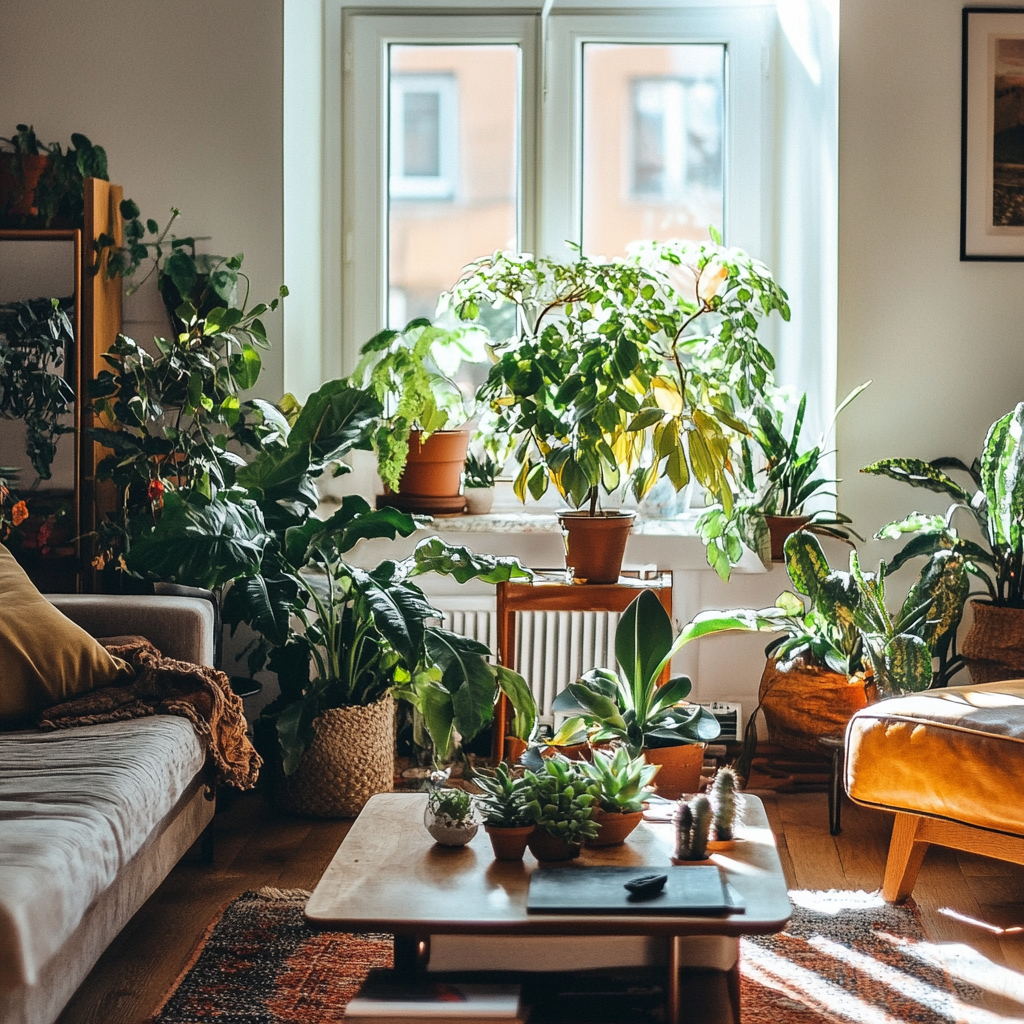
Types of Fertilizers for Indoor Plants
Synthetic vs. Organic Fertilizers
When choosing fertilizers, you will find two main types: synthetic and organic.
Synthetic Fertilizers:
These are chemically formulated to provide specific nutrients. They are fast-acting and effective but can lead to salt buildup in the soil over time.
Organic Fertilizers:
These are derived from natural sources such as compost, bone meal, or seaweed and release nutrients slowly. This improves soil quality over time. However, they may take longer to show their results and mostly require more frequency in application.
Tip: Synthetic fertilizers work well for immediate results, while organic options work great for long-term soil health.
Liquid Fertilizers:
Liquid fertilizers are used in indoor plants because they are easy to apply and quickly absorbed. They become diluted with water and are applied along with regular watering to ensure the nutrients reach the plant’s roots directly.
Best for: flowering plants, leafy greens, plants with fast growth cycles.
Granular and Slow-Release Fertilizers:
Granular fertilizers are sprinkled on the soil and dissolve gradually with watering. It is a slow-release fertilizer and needs over several months to dissolve. These are ideal for busy plant owners who prefer low-maintenance care.
Best for: large plants or those requiring infrequent fertilization, like succulents.
Homemade/DIY Fertilizers:
DIY fertilizers are eco-friendly and budget-friendly alternatives. Common options include:
Compost tea: a nutrient-rich liquid made from steeping compost.
Banana peels: High in potassium, great for flowering plants.
Eggshells: Crushed and added to soil for a calcium boost.
Best for: Sustainable gardening enthusiasts or plants with specific nutrient deficiencies.
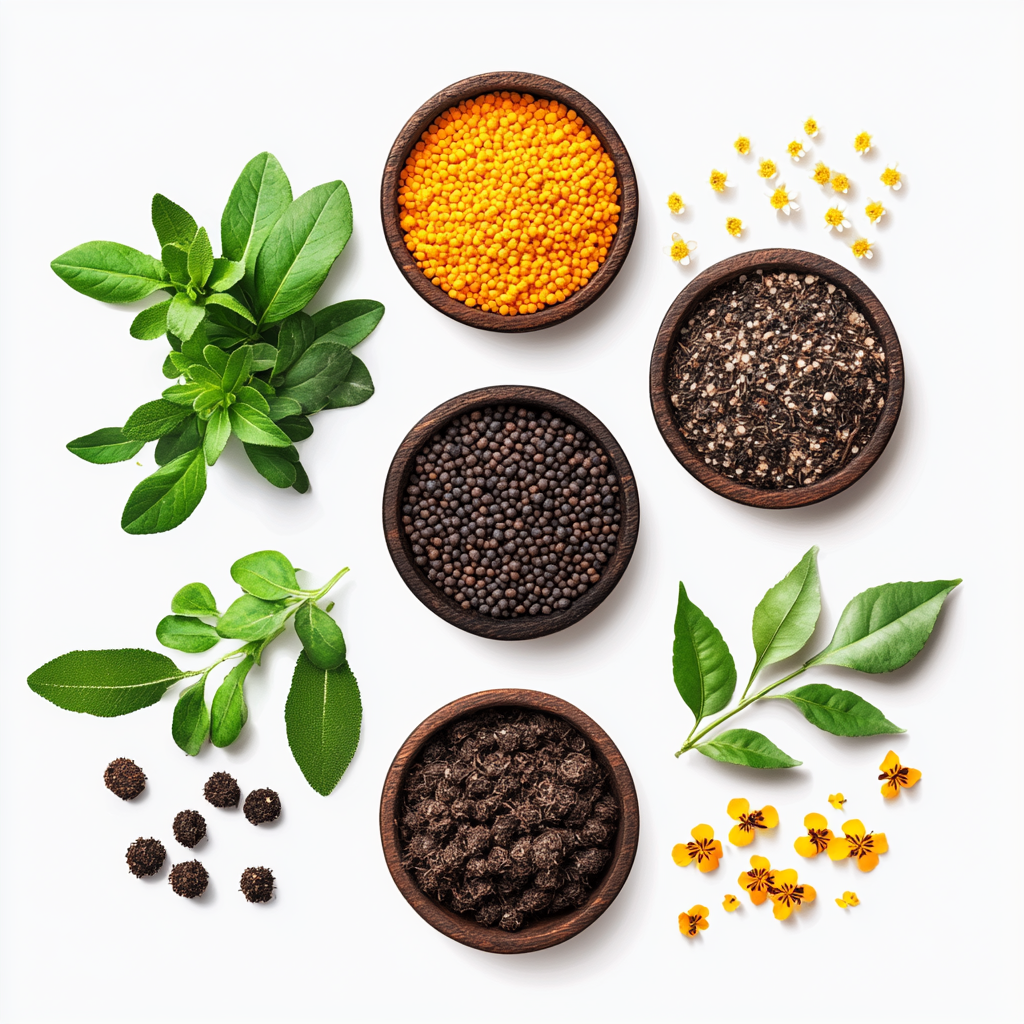
Choosing the Right Fertilizer for Indoor Plants
Choosing the proper fertilizer ensures that your plants get the nutrients they need. Here’s how to choose:
Assess Plant Types:
Different plants have different needs.
Flowering plants benefit from fertilizers with high phosphorus.
Foliage plants thrive when the nitrogen content is high.
Succulents and cacti want low-nitrogen, slow-release options.
Understand Fertilizer Labels:
The packaging will have an NPK ratio, which stands for nitrogen-phosphorus-potassium. This is the percentage of each nutrient within the fertilizer:
Nitrogen promotes leafy growth.
Phosphorus supports root and flower development.
Potassium enhances overall plant health.
Match to Growth Stages:
Plants require more nutrients during their active growth phase—in spring and summer—and less during the dormant phase, fall and winter.
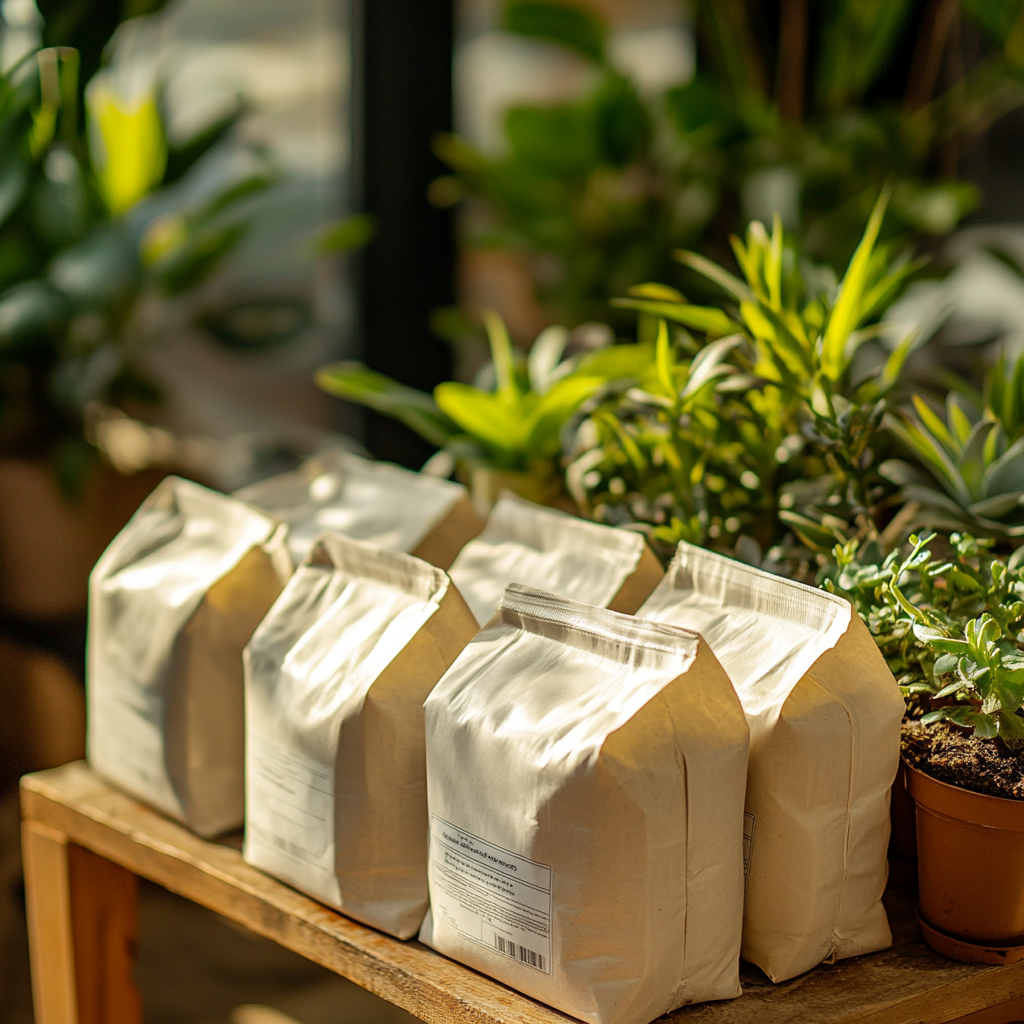
Step-by-Step Guide: How to Fertilize Indoor Plants
Follow these steps for effective fertilization:
Step 1: Assess Your Plant’s Needs
Before fertilizing, understand your plant’s growth stage, soil quality, and health. In the active growth stage, a plant will need more nutrients. But in poor soil, the requirement is different.
Step 2: Choose the Appropriate Fertilizer
Based on the plant type and growth stage, choose a fertilizer with the appropriate NPK ratio. For instance, a foliage plant may require a fertilizer with higher nitrogen content, such as 20-10-10.
Step 3: Dilute Liquid Fertilizers
For liquid fertilizers, dilute according to the instructions on the package to avoid over-fertilizing. A common ratio is 1 teaspoon of fertilizer per gallon of water.
Step 4: Apply Fertilizer Evenly
Pour the fertilizer solution evenly onto the soil. Avoid getting fertilizer on the leaves unless you’re using a foliar feed, as this can cause leaf burn.
Step 5: Water After Fertilizing
Watering helps distribute the fertilizer evenly and prevents root damage. It is performed for granular fertilizer and other solid ones. Ensure the soil is moist but not waterlogged.
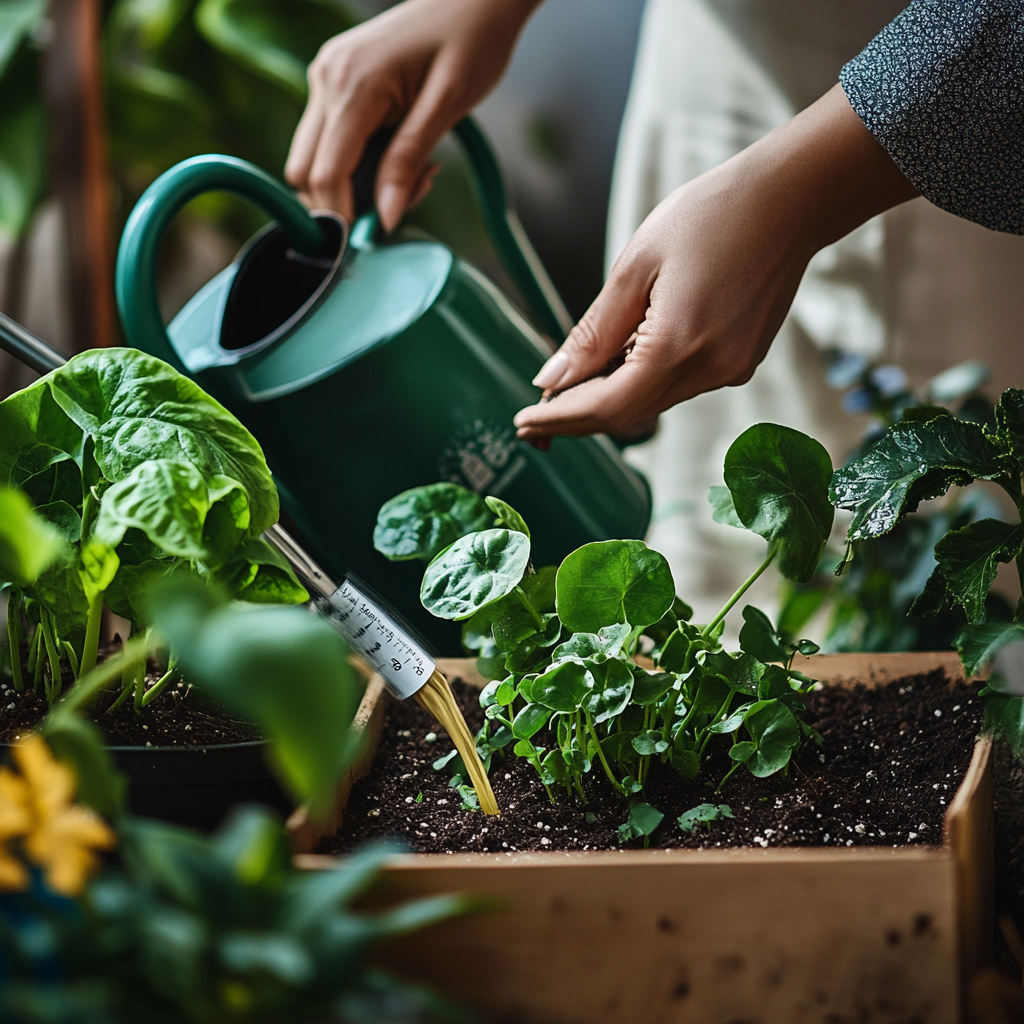
Best Practices and Tips on Fertilizing Indoor Plants
Frequency of Fertilization:
Most houseplants need to be fertilized once every 4–6 weeks when they are in active growth. Adjust the frequency based on the plant’s needs.
Seasonal Adjustments:
During winter, when most plants begin their dormant phase, one should decrease or completely stop fertilizing.
Common Mistakes to Avoid:
Over-fertilizing: It will damage roots, causing yellowing of leaves.
Using the wrong fertilizer: Nutritional deficiencies or toxicities might be caused.
Ignoring specific plant needs: Not all plants thrive on the same fertilization schedule.
Signs of Over-Fertilization:
Watch for yellowing or browning leaf edges, stunted growth, or salt crust on the soil surface. If these appear, flush the soil with water to remove excess salts.
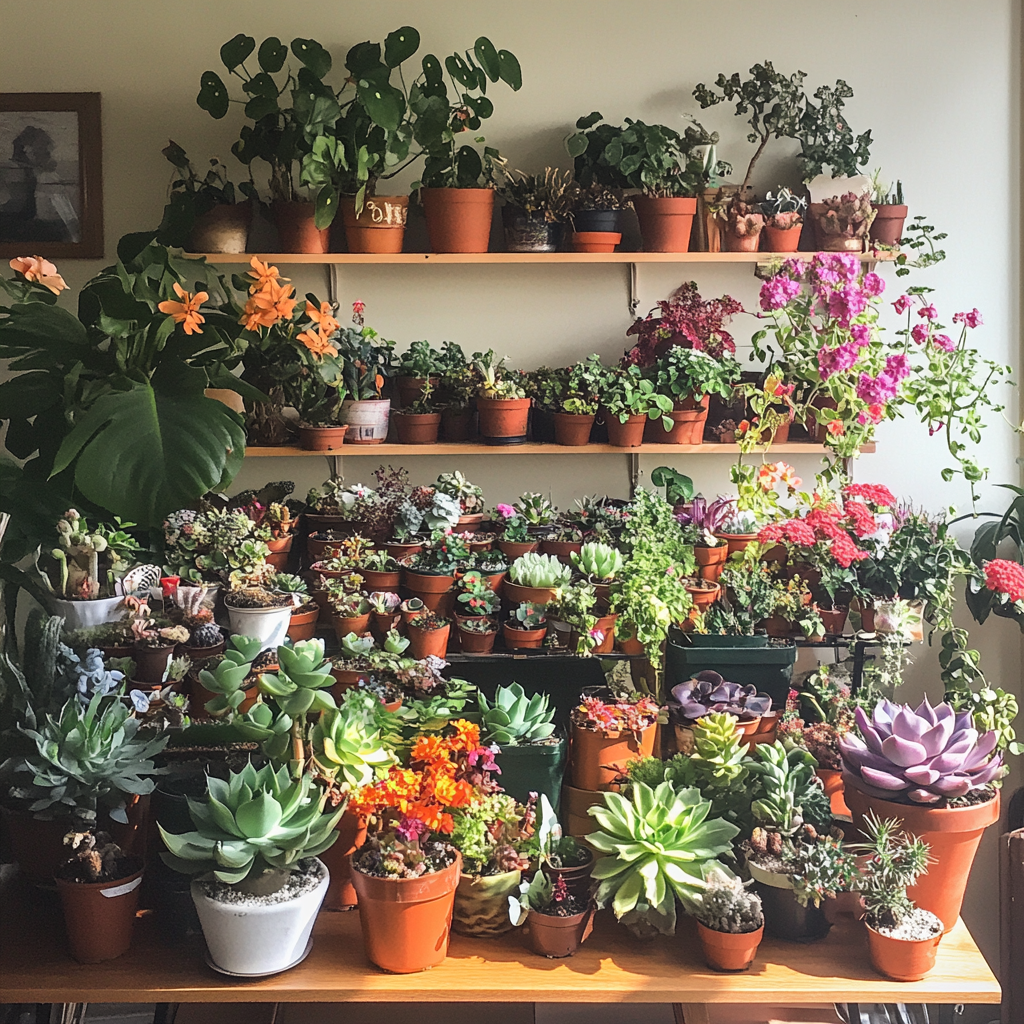
Common Fertilization Problems and Solutions
Problem 1: Yellowing Leaves After Fertilization
Cause: Over-fertilization or wrong type of fertilizer.
Solution: Flush the soil with water and adjust the fertilization schedule.
Problem 2: Soil Buildup of Salts and Minerals
Cause: Excessive use of synthetic fertilizers.
Solution: Periodically flush the soil with water and consider switching to organic options.
Problem 3: Pests Attracted by Fertilizers
Cause: Organic fertilizers like compost can attract pests.
Solution: Use fertilizers that contain pest-resistant properties or apply a thin layer of mulch to avoid pests.
Fertilizing indoor plants is essential for healthy growth and to keep them green. Knowing the types of fertilizers, their selection, and proper methods of application will help you maintain continuous greenery indoors.
